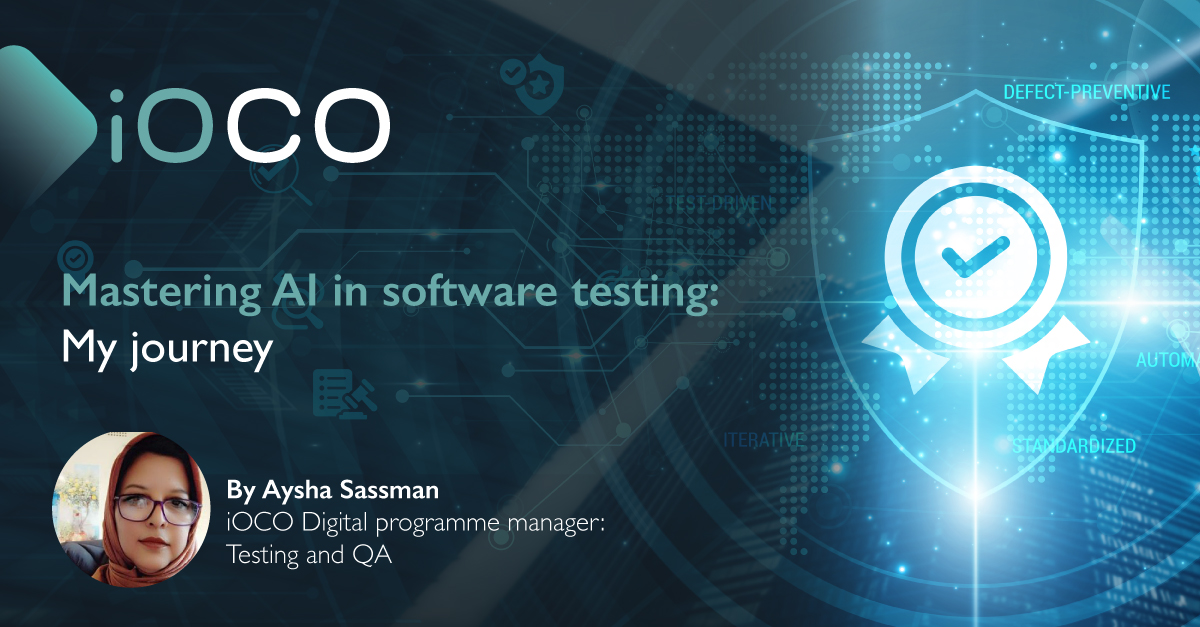Harnessing the power of unstructured data allows companies to discover hidden insights, uncover trends and make data-driven decisions.
At the best of times, there is a fair amount of market confusion surrounding general technology terminology, and the analytics of text mining is no exception.
So, let’s kick-off with a definition of unstructured data analytics – this refers to the process of extracting insights, patterns and useful information from unstructured data sources. The latter refers to data that does not have a predefined model or format, making it more challenging to analyse compared to structured data, which is organised in a specific format, such as tables or databases.
Unstructured data comes in various forms, including text documents, social media posts, e-mails, audio recordings, images, videos and more. These data sources often contain valuable information that can be utilised for decision-making, understanding customer sentiment, market analysis, fraud detection and other business applications.
Unstructured data analytics involves applying techniques and technologies to extract meaningful information from such data. These techniques may include natural language processing, text mining, machine learning (ML), computer vision and other advanced analytics methods.
The goal is to transform unstructured data into a structured format, or to derive valuable insights directly from the unstructured data itself.
It should be noted that unstructured data analytics is crucial for organisations dealing with vast amounts of unstructured data and wanting to leverage it for decision-making and competitive advantage. Such businesses include social media platforms, e-commerce and retail, financial services, healthcare and life sciences, to name just some sectors.
By harnessing the power of unstructured data, companies can discover hidden insights, uncover trends and make data-driven decisions based on a comprehensive understanding of their data sources.
Unstructured data comes in various forms, including text documents, social media posts, e-mails, audio recordings, images and videos.
You may by now be asking why would you need to get involved in the transitioning of unstructured to structured data? What’s in it for your business?
Forrester answers this question succinctly by noting that only enterprises that are obsessed with winning, serving and retaining customers will thrive in our highly-competitive, customer-centric economy.
It adds that to get a full view of customer behaviour, sentiment, emotion and intentions, information management professionals must help enterprises leverage all the data at their disposal, not just structured, but also unstructured.
However, it is also noted that this remains an elusive goal, as most enterprises leverage only 40% of structured data and 31% of unstructured data for business and customer insights and decision-making.
The process of unstructured data analytics typically involves:
Data collection: Gathering unstructured data from various sources, such as documents, social media platforms, or multimedia content.
Data pre-processing: Cleaning, normalising and organising the unstructured data to make it suitable for analysis.
Feature extraction: Identifying relevant features or attributes from the unstructured data that can be used for analysis. This step may involve techniques like topic modelling, image recognition, or audio transcription.
Analysis and modelling: Applying various analytics techniques to uncover patterns, relationships and insights within the unstructured data. This step may involve ML algorithms and more.
Visualisation and interpretation: Presenting the analysed results in a meaningful and understandable format. This step may involve data visualisation techniques to communicate the findings effectively.
This is a good point to bring in the concept of intelligent data operating layer − a technology concept that provides text, speech and video analytics that enables users to search and extract unstructured data, such as audio, video, images, social media, e-mail and web content, as well as structured data.
Data is highly-valuable for organisations, surpassing the worth of gold. With the help of analytics, it can provide life-saving insights and identify immediate risks.
Artificial intelligence (AI) and ML data analytics allow real-time access to both internal and competitor data, including social media, web, dark data and historical information.
However, as organisations expand and data movement increases, compliance gaps emerge, leading to data breaches, leaks, theft, compliance violations and vulnerability.
Utilising built-in AI and ML helps to minimise compliance risk, simplify IT operations and focus internal resources on core business innovation and competitive differentiation.
According to McKinsey, 91% of surveyed leading businesses have ongoing investments in AI, with 61% of employees saying AI helps to improve their work productivity, and 62% of consumers willing to submit data to AI to have better experiences with businesses.
McKinsey also notes that 27% of respondents surveyed reported at least 5% of earnings before interest and taxes were attributable to AI. Additionally, a majority of executives whose companies had adopted AI reported that it provided an uptick in revenue in the business areas where it was used, with 44% saying AI reduced costs.
These are powerful insights into the technologies that are available and capable of unlocking the hidden gold within unstructured data.
This should be enough to get any business owner or executive asking what they should be doing to mine this hidden treasure and translate it into business advantage.
Written by Paul Meyer, Security Solutions Executive, iOCO Tech
Originally featured here



